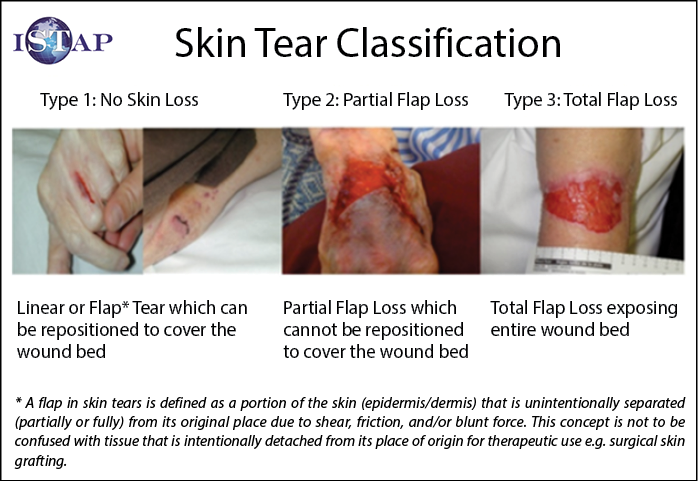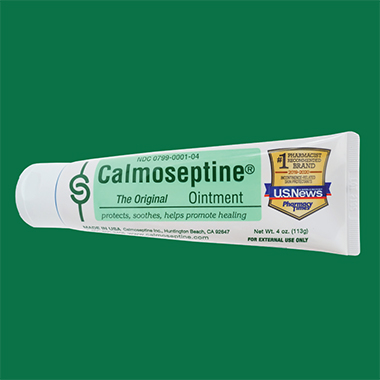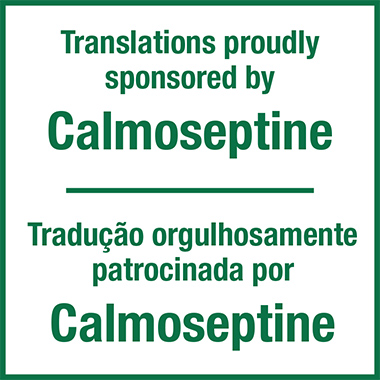Volume 43 Number 3
Around the WCET® world
Samantha Holloway
For referencing World Council of Enterostomal Therapists®. Around the WCET® world. WCET® Journal 2023;43(3):10.
Embedding the International Skin Tear Advisory Panel’s Skin Tear Classification into practice
The International Skin Tear Advisory Panel (ISTAP) developed a classification system for skin tears in 20111. Following this a study was undertaken to establish the validity of the system in clinical practice2. This study showed that the ISTAP classification was easy to use for practitioners in different clinical settings and also in different countries. Subsequently a larger validation study was carried out in 2019 across 44 countries and involving 1601 participants3. The conclusion of this research was that the classification system is supported by evidence for validity and reliability, with the recommendation that this should be the system of choice for the systematic assessment and reporting of skin tears in clinical practice and research globally.
The ISTAP Skin Tear Classification System categorises skin tears into Types, with Type 1 being a linear or flap skin tear with no tissue loss, Type 2 involves partial flap loss (where the flap cannot be repositioned to cover the wound bed) and Type 3 indicates complete flap loss (Figure 1).

Figure 1 ISTAP Skin Tear Classification System
The first aid measures to follow when a skin tear does occur is to, first, stop the bleeding and then, gently cleanse the wound to remove any debris. If a skin flap is present this should be reapproximated to cover the wound bed and then the skin tear should be classified using the ISTAP Skin Tear Classification System4.
The classification system is now available in 14 other languages other than English, being Arabic, Czech, Dutch, French, Hebrew, Japanese, Spanish, Chinese, Danish, German, Italian, Portuguese, Swedish and Turkish (skintears.org). ISTAP has had the pleasure of supporting and working with colleagues in these countries to aid in the translation process and advise on implementation.
The next steps in developing the ISTAP classification system is to ensure it is validated in different populations with different skin tones as we recognise that the current system reflects how skin tears appear in predominantly white Caucasian skin. This is where ISTAP needs your help! We would welcome opportunities to collaborate with colleagues to create a repository of images of skin tears in different skin tones. We would also encourage anyone seeking to validate the ISTAP classification in different populations, particularly in groups with different skin tones, to contact us (info@skintears.org) for support with this.
Por todo o mundo WCET®
Samantha Holloway
Integrar na prática a classificação de lesões cutâneas laceradas do Painel Consultivo Internacional de Lesões Cutâneas Laceradas
O Painel Consultivo Internacional de Lesões Cutâneas Laceradas (ISTAP) desenvolveu em 2011 um sistema de classificação para as lesões cutâneas laceradas1. Em seguida, foi efetuado um estudo para estabelecer a validade do sistema na prática clínica2. Este estudo mostrou que a classificação ISTAP era fácil de ser utilizada pelos profissionais em diferentes contextos clínicos e também em diferentes países. Posteriormente, em 2019, foi realizado em 44 países um estudo de validação mais alargado, o qual envolveu 1601 participantes3. A conclusão desta investigação foi de que o sistema de classificação é apoiado por evidências de validade e de fiabilidade, com a recomendação de que este deve ser o sistema de escolha, na prática clínica e na investigação a nível mundial, para a avaliação sistemática e para a comunicação de lesões cutâneas laceradas.
O sistema ISTAP de classificação de lesões cutâneas laceradas classifica as lacerações cutâneas laceradas em tipos, sendo que o Tipo 1 corresponde a uma lesão cutânea lacerada linear ou em retalho sem perda de tecido, o Tipo 2 envolve a perda parcial do retalho (em que o retalho não pode ser reposicionado para cobrir o leito da ferida) e o Tipo 3 indica a perda completa do retalho (Figura 1).

Figura 1 Sistema de Classificação de Lesões Cutâneas Laceradas ISTAP
As medidas de primeiros socorros a seguir quando ocorre uma lesão cutânea lacerada são, em primeiro lugar, parar a hemorragia e em seguida limpar suavemente a ferida para remover quaisquer detritos. Se estiver presente um retalho cutâneo, este deve ser reaproximado para cobrir o leito da ferida e em seguida a lesão cutânea lacerada deve ser classificada utilizando o Sistema de Classificação de Lesões Cutâneas Laceradas ISTAP4.
O sistema de classificação está agora disponível em 14 outros idiomas para além do Inglês, nomeadamente Árabe, Checo, Neerlandês, Francês, Hebraico, Japonês, Espanhol, Chinês, Dinamarquês, Alemão, Italiano, Português, Sueco e Turco (skintears.org). O ISTAP teve o prazer de apoiar e de trabalhar com colegas nestes países para auxiliar no processo de tradução e aconselhar sobre a implementação.
Os próximos passos no desenvolvimento do sistema de classificação ISTAP consistem em assegurar a sua validação em diferentes populações com diferentes tons de pele, uma vez que reconhecemos que o sistema atual reflete a forma como as lesões cutâneas laceradas aparecem predominantemente na pele branca caucasiana. É aqui que o ISTAP necessita da sua ajuda! Gostaríamos de ter a oportunidade de colaborar com colegas para criar um repositório de imagens de lesões cutâneas laceradas em diferentes tons de pele. Gostaríamos também de encorajar qualquer pessoa que pretenda validar a classificação ISTAP em diferentes populações, particularmente em grupos com diferentes tons de pele, a contactar-nos (info@skintears.org) para obtenção de apoio nesta matéria.
Author(s)
Samantha Holloway
ISTAP President
References
- LeBlanc K, et al. (2011) Skin Tears – State of the Science: Consensus Statements for the Prevention, Prediction, Assessment, and Treatment of Skin Tears Advances in Skin & Wound Care. 24(9): 2-15.
- LeBlanc K, Baranoski S, Holloway S, Langemo D. Validation of a new classification system for skin tears. Adv Skin Wound Care. 2013 Jun;26(6):263-5. doi: 10.1097/01.ASW.0000430393.04763.c7. PMID: 23685526.
- Van Tiggelen H. et al. (2019), Standardizing the classification of skin tears: validity and reliability testing of the International Skin Tear Advisory Panel Classification System in 44 countries. Br J Dermatol. doi:10.1111/bjd.18604
- Holloway S & LeBlanc K. Reapproximating a Skin Tear Flap. Advances in Skin & Wound Care 35(8):p 462-463, August 2022. | DOI: 10.1097/01.ASW.0000835124.90642.ce



